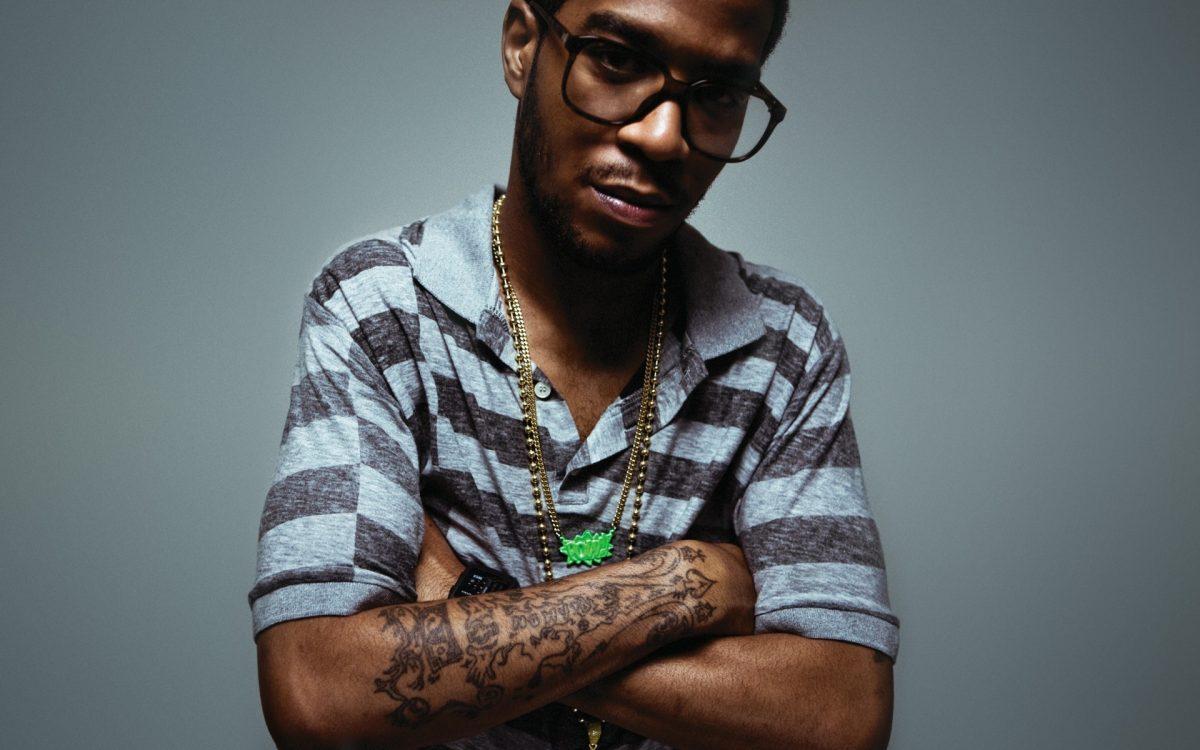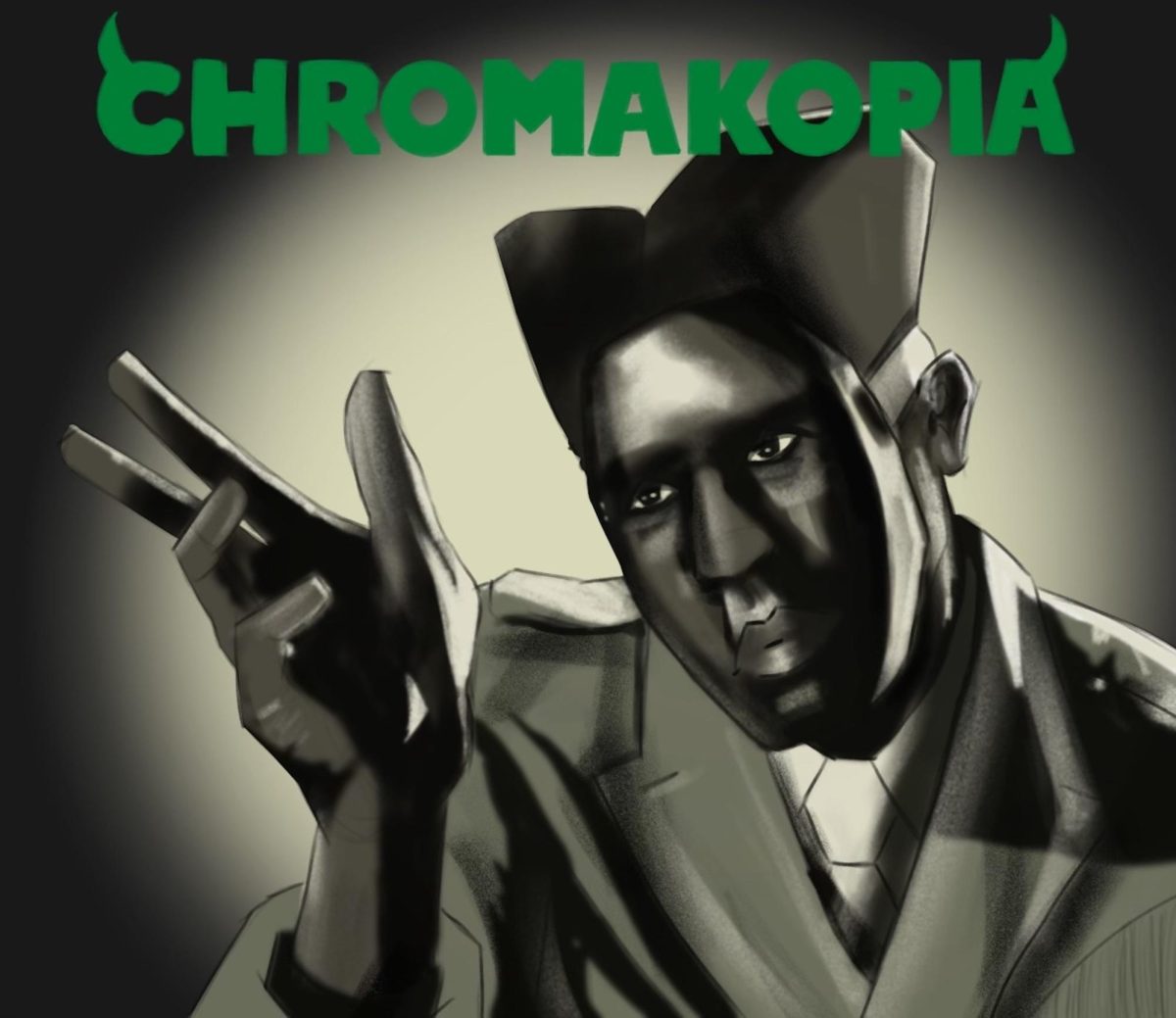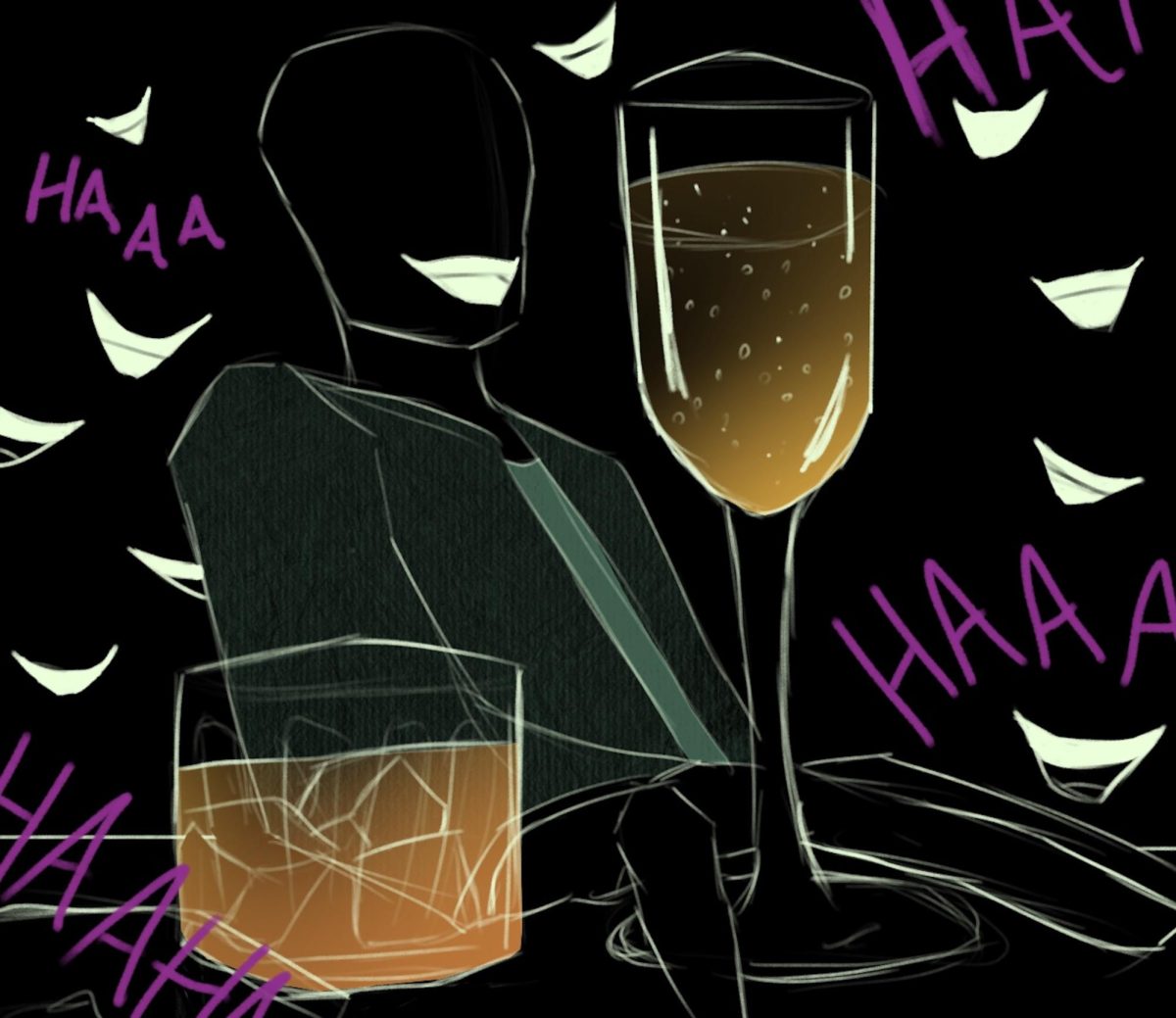Kid Cudi’s discography is defined by his signature sing-rap approach, struggles with mental health and diverse musical styles and interests. But above all: he’s original — and because of this, Kid Cudi has become one of the most influential rap artists of the last 10 years. The Emerald decided to take a look at notable pieces of his work.
A Kid Named Cudi (2008)
Kid Cudi’s first put his diverse talent on display with his 2008 mixtape “A Kid Named Cudi.” The mixtape featured a wide array of samples and influences that the young rapper found a musically-blissful niche within.
Cudi’s seemingly instinctive ability to combine New York-style rapping with his now trademark, off-key singing and humming was ardently applied to each nuanced beat. Along with this, Cudi’s balance of lighter themes such as romance, his hometown, and, of course, weed, juxtaposed to great effect with more personal, heavier themes such as isolation and depression.
His blending of styles and forms caught the attention of many and it was clear from the first listen that he had plenty of creativity to offer.
Man On The Moon: The End Of Day (2009)
After “A Kid Named Cudi” impressed fans of all genres, Cudi signed to G.O.O.D. Music, and with Cudi’s notable contributions to Jay Z’s “The Blueprint 3” and Kanye West’s genre-swerving “808s & Heartbreak,” he prepped for the release of his debut album.
On the record, Cudi drew inspiration from the recent passing of his uncle and his own predisposition to depression. With the themes becoming heavier, the songs on the album are idiosyncratic; personified by the haunting plucks of “Solo Dolo,” the disco grooves of “Enter Galactic (Love Connection Part 1),” and the rough glitz of “Pursuit of Happiness.”
With the addition of live instruments, album narration performed by Common, and The Larry Gold Orchestra, “The End Of Day” transforms from a mere series of confessionals to a carefully-constructed, lustrous piece of art that heavily influenced a new generation of hip-hop.
Throughout his career, Cleveland-born rapper Kid Cudi has suffered from severe mental illness. (Dana Beveridge/Creative Commons)
Man On The Moon II: The Legend of Mr. Rager (2010)
At this point, Kid Cudi became a staple in the mainstream music landscape. The artist spilled over to different genres and lured many non-listeners to become interested in hip-hop. But if “The End of Day” was a bright, shimmery space, “The Legend of Mr. Rager” was a blacked-out room.
Kid Cudi’s usual themes grew darker and more sinister as his depression worsened. Cudi passingly mentions suicide in “Don’t Play This Song” and cocaine ragers in “Wild’n Cuz I’m Young.” This severely distressed, lonely artist lies just underneath a layer of unparalleled cool.
Although it’s magnitudes more dreary, the production on the album is stellar; sweeping arrangements resting atop classic rock influences and striking rap beats. Its breathtaking sounds provide the perfect platform for Cudi to hum his demons into fruition. But sadly, this album is the last piece of Cudi’s work produced by the team that handled his career thus far: Plain Pat and Emile.
Indicud (2013)
After a three-year hiatus, a marijuana tolerance break and a semi-successful alternative rock venture, Cudi re-emerged with “Indicud.” Up to this point, his line of work followed a saddening narrative: Cudi was overcome with depression.
On his third record, Cudi handled all the production himself, and as the form of his music took shape, his mind would defog. Instead of the harsh introspective themes of his previous works, Cudi seemed content with himself and channeled positive energy into his music.
The album’s production lacks the tasteful artistry and critical appeal of his previous works but made up for it with enthusiasm and second-phase experimentation. Indicud also foreshadowed his next artistic venture with tastes of rock sprinkled in the production.
From alternative rock to New York-style rap, Kid Cudi’s musical styles has varied throughout the years. (Peter Pham/Creative Commons)
Speedin’ Bullet 2 Heaven (2015)
“Speedin’ Bullet 2 Heaven” took Cudi’s rock interests and turned them up so much that the knob broke off. The album proved to be an excruciating challenge for many hip-hop fans to digest. On the album, Cudi ditched conventional rap drum kits and electronics for distorted guitar and bass that Cudi himself played; this made the record completely alternative rock.
With this change, Cudi’s presence on the record also transforms from an extraordinary hip-hop artist to an ordinary rocker. His vocal slurs, at times, drip with genuine anguish and authentic, tasteful grunge, and, at other times, seem as out of place as DMX singing along to “Take On Me.”
As respectable as Cudi’s unapologetic experimentation is, “Speedin’ Bullet 2 Heaven” is the most critically disappointing album in his body of work.
Passion, Pain & Demon Slayin’ (2016)
Kid Cudi made a much-welcomed return to rap with his 2016 album “Passion, Pain & Demon Slayin’.”While still handling most of the production, Cudi also enlisted help from Plain Pat, Dot Da Genius, Mike Will Made It and Pharrell.
The poppier production on the album is as refreshing as hearing Cudi back on his signature rapping and humming. His return to the genre was not only welcome but successful in filling the hip-hop niche that was vacant during his departure.
With “PP&DS” being his latest album, talks of Man On The Moon III is still up in the air. Kid Cudi hasn’t shared any information on any upcoming album, but he will be going on a national tour by the end of September, and he’s liable to sharing information on any coming music during his shows. So his story ends here, but Cudi has been seen recently in Japan with Kanye West — reportedly working on an album — so his story will undoubtedly be continued.
Listen to the Emerald’s introductory Kid Cudi playlist below:
From alternative rock to New York-style rap, Kid Cudi’s musical styles has varied throughout the years. (Peter Pham/Creative Commons)













